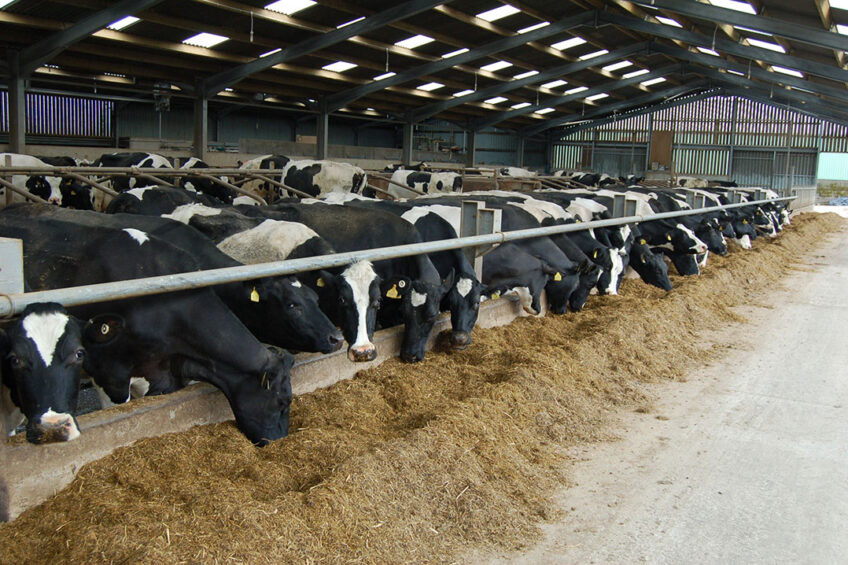Mycotoxins: Don’t underestimate the impact on herd health

Dairy farmers should take care and not underestimate the major impact that mycotoxins can have on performance and health of animals.
Production drops and compromised performance will be inevitable if dairy farmers fail to address the impact of mycotoxin contamination in animal feeds warns nutritional supplement manufacturer UFAC-UK in a recent press release.
Farmers should act as quickly as possible. With almost half of recent TMR samples, produced using spring-summer silage, containing a mycotoxin level considered either moderate or high risk to dairy cows, farmers are being urged not to underestimate the considerable impact on herd health and performance and act quickly. This will reduce losses, particularly in yield and butterfat.

Should not be ignored
Wth the Food and Agriculture Organisation of the United Nations (FAO) estimating at least 25% of the world’s food crops are contaminated with mycotoxins, it is a threat that should not be ignored.
In a significant development to address the threat, independent tests now demonstrate the effectiveness of a new binding solution to reduce the level of mycotoxin challenge and avoid sustained health and performance impacts.
“Mycotoxins are toxic chemicals produced by fungi that readily colonise crops in the field and in storage,” says UFAC-UK national sales manager Nigel Bateson. “Even at very low levels, they are extremely harmful to ruminants, particularly freshly calved dairy cows.”
Moulds which commonly grow on grass silage and other wet feeds stuffs can often produce mycotoxins. They can be found in home grown and imported feedstuffs, feed ingredients, forages and bedding materials.
“Mycotoxins within the rumen can have a major effect on the rumen microbes, ultimately reducing feed digestibility, which subsequently will reduce available nutrients for milk, body condition and/or reproduction,” explains Bateson.
The effects of mycotoxin challenge appear quickly and are best treated equally fast to minimise the losses resulting from them. Using a broad-spectrum binder will optimise the ability to achieve this.
“Mycotrap is an enhanced, broad spectrum mycotoxin absorbent,” says Bateson. “It works by incorporating specific activated clay minerals with added glucose pre-cursor, glycerine, to provide enhanced toxin control and improved liver function. Glycerine also has anti-mould properties which helps minimise heating in the TMR.”
“Reducing the effect of mycotoxins means better immunity to disease challenges, improved daily feed intake and increased milk production,” adds Bateson.
“It also means improved rates of conception and reduced embryonic mortality, meaning more numbers are born alive,” he concludes.
Source and more info: UFACUK
Join 13,000+ subscribers
Subscribe to our newsletter to stay updated about all the need-to-know content in the dairy sector, two times a week.










